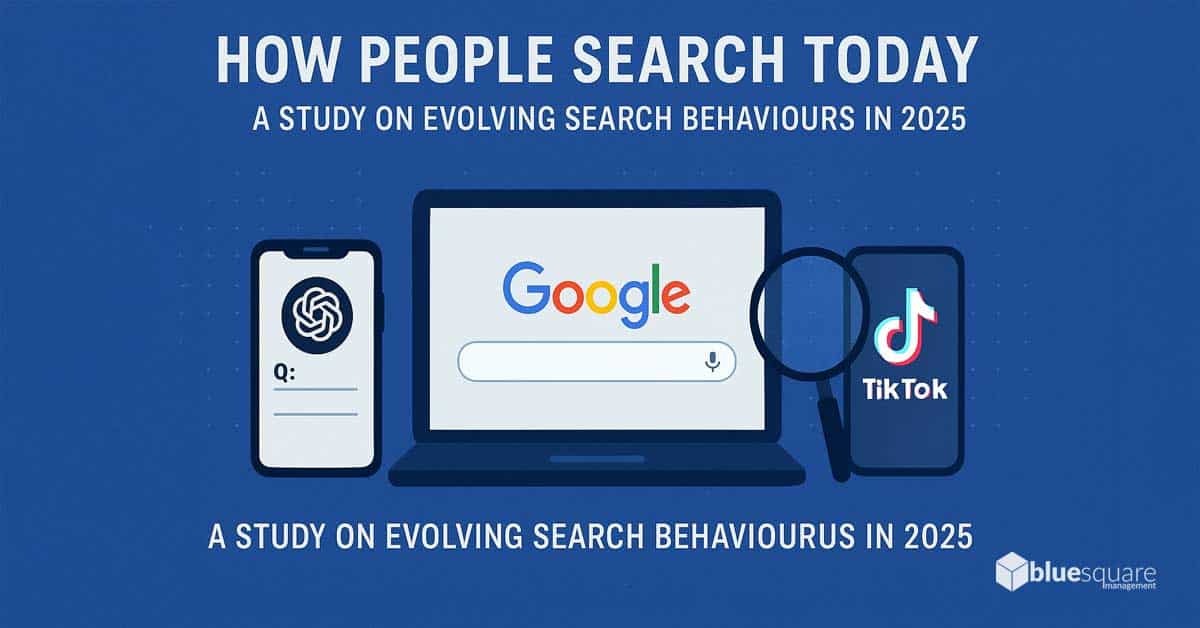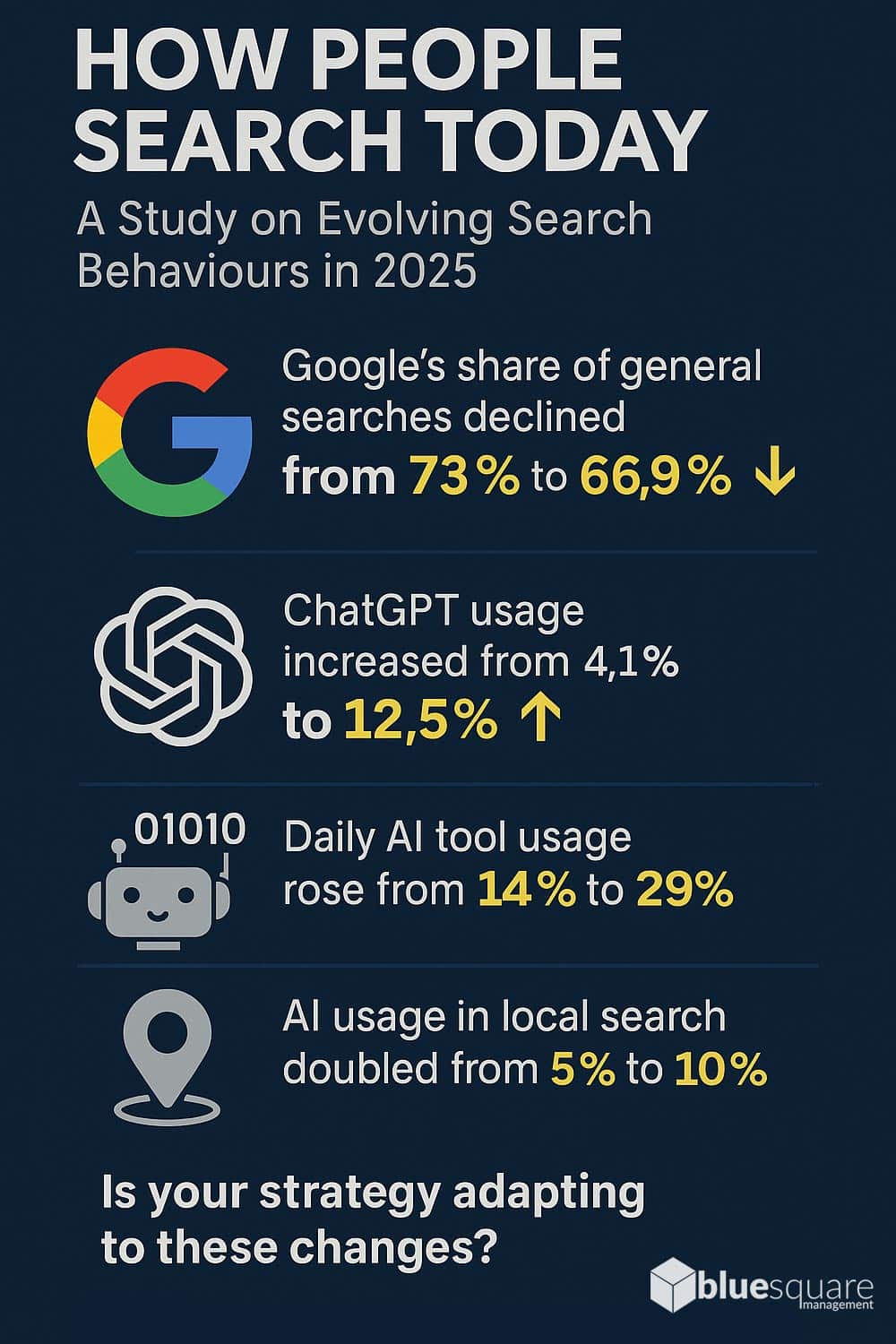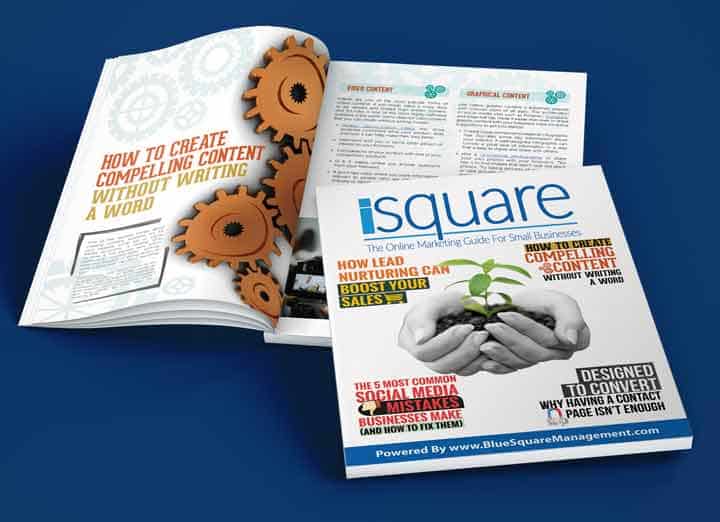How People are Searching Today in 2025
Search behaviour is evolving faster than ever, and it’s reshaping how people discover businesses, brands, and content online.
A recent HigherVisibility study of 1,500 U.S. users found that the way people search has changed dramatically in just six months. The data reveals a seismic shift in where, how, and why people are searching, and Google’s dominance is starting to slip.
This isn’t a small adjustment. It’s a structural change in digital search behaviour.
The Numbers Tell the Story
Let’s start with the data that’s shaking the SEO world:
- Google’s share of general searches dropped from 73% to 66.9%
- ChatGPT usage tripled, rising from 4.1% to 12.5% of users
- Daily AI tool use doubled, jumping from 14% to 29%
- Even in local search (Google’s strongest territory), AI use doubled to 10%
- Platform switching, moving between tools during one search journey, climbed from 28% to 35%
- And the “never use AI” group dropped sharply from 28% to just 16%
This isn’t a fringe trend. It’s mainstream behaviour unfolding in real time.
How People are Searching Today 2025 Infographic
What’s Actually Changing
People aren’t abandoning Google. They’re fragmenting their search behaviour.
A single query might now begin on ChatGPT, move to Google for validation, and end on TikTok or Instagram for visual examples. Search is no longer a one-stop shop. It’s a multi-platform experience.
This means discovery and decision-making are happening across a mix of AI chat tools, traditional search engines, and social platforms, often in the same session.
The result? Brands that only optimise for Google are now missing out on huge parts of their audience’s search journey.
The Rise of AI-Driven Search
AI tools like ChatGPT, Perplexity, and Gemini are changing expectations. Users now expect instant, conversational answers, not just lists of links.
Google’s introduction of AI Overviews confirms it: search is becoming interactive, contextual, and generative. But the key difference? AI search tools often summarise information instead of simply linking to it. That means if your content isn’t structured for AI visibility, it may never surface in these summaries.
To appear in AI search results, your content must:
- Provide clear, factual answers in 2–3 sentences
- Use structured headings and schema markup
- Include reliable sources and author expertise
- Be regularly updated with fresh, verifiable data
Local Search isn’t Immune
For years, Google Maps and local packs were unbeatable. But that’s changing too.
The study found AI use in local search doubled, as people increasingly ask ChatGPT or Perplexity questions like “best Italian restaurant near me” or “plumber open now in Bromley.”
This shift means local SEO now extends beyond Google Business Profiles. You’ll need to ensure your business information, from opening hours to reviews, is visible and verifiable by AI platforms as well.
Learn more about our local SEO services here.
If you want to dominate local visibility, check out our guide on How to Plan a Video, which also applies to planning content that connects across platforms.
What This Means for Your SEO Strategy
If your SEO strategy still begins and ends with Google, it’s time to rethink your approach. Here’s how to stay ahead:
1. Stay Strong on Google, But Don’t Stop There
Google remains essential, but it’s no longer the only source of discovery. Continue optimising your technical SEO, content structure, and E-E-A-T signals, but plan for a world where people find you elsewhere too.
2. Optimise for Multiple Search Contexts
Your content should perform across:
- Conversational platforms (ChatGPT, Gemini, Perplexity)
- Traditional search engines (Google, Bing)
- Visual discovery channels (YouTube, TikTok, Instagram)
Blend your video marketing strategy with written content. For inspiration, explore our post on Types of Videos for Marketing.
3. Track New Traffic Sources
Start tracking whether your visitors come from AI platforms, chat-based tools, or social search. Use analytics tools and referral tracking to identify new sources.
4. Structure Your Content for AI Discovery
Use short, clear answers, bulleted lists, and schema markup. This helps AI systems understand, cite, and surface your content in answers.
5. Act Early
This isn’t a trend, it’s a transformation. The brands that start now will dominate visibility once AI-driven search becomes a core part of everyday user behaviour.
Common Mistake: Waiting for Google to Recover
Too many businesses assume Google will “bounce back” and reclaim full dominance. But history tells a different story.
Every major shift in user behaviour, from mobile-first browsing to video content, created new winners and losers. Those who waited were left behind.
AI search is the next big wave. And early adopters will own it.
The Future of Search Is Fragmented, But Full of Opportunity
Search is no longer a one-platform game. It’s fragmented, dynamic, and evolving, blending AI conversations, search engine results, and social discovery.
To win in 2025 and beyond, your SEO needs to be:
- Platform-flexible
- User-focused
- AI-ready
- Content-rich
Ask yourself this: What percentage of your traffic currently comes from non-Google search platforms?
If the answer’s “not much,” that’s your growth opportunity.
How Blue Square Management Can Help
At Blue Square Management, we help businesses adapt to the future of search. From SEO and Local SEO to AI-optimised content and video marketing, we build strategies that reach your audience wherever they search, Google, ChatGPT, TikTok, or beyond.
Ready to update your strategy for the new era of search? Contact us today to make sure your business stays visible in 2025 and beyond.
Key Takeaway
Search behaviour is evolving, and so should your strategy. Google still matters, but it’s no longer the only game in town.
Be discoverable everywhere. Because your customers already are.







